Clitheroe Castle in Lancashire, England, is all that remains of a former motte and bailey type castle. It was known as an enclosure castle, which meant the outer wall formed the most important part of its defenses. Unfortunately, most of the original curtain wall has been lost. The castle keep, the second smallest stone keep in England, is in very good condition for a 12th-century structure, but there was extensive restoration work in 1848.
Most English motte and bailey castles were built on artificially created mounds, but at Cltheroe the builders used a rare natural geological feature called a Waulsortian mud mound, formed by sediment deposition and biological modification amongst reef structures during the Carboniferous period.
Along with the history of the castle, and the associated local history museum, visitors are also treated to some of the best views in Lancashire including Pendle Hill.
The actual construction date is not clear but there is evidence of fortifications on the site as early as 1086. The general belief is that the keep was built in the early 12th-century by the Baron of Pontefract, Robert de Lacey.
The site is the center of many local myths, many of which do not stand up to scrutiny. One of which is that one of the holes in the keep wall was created by a cannonball fired by Oliver Cromwell’s forces from Pendle Hill. However, this has been widely disputed. There is also a lot of confusion about the details of the keep.
In 1920, the castle and its grounds were purchased by public subscription to become a memorial park, in memory of the more than 200 men from the town killed in World War I. The castle and the delightful park in which it sits are freely open to the public.
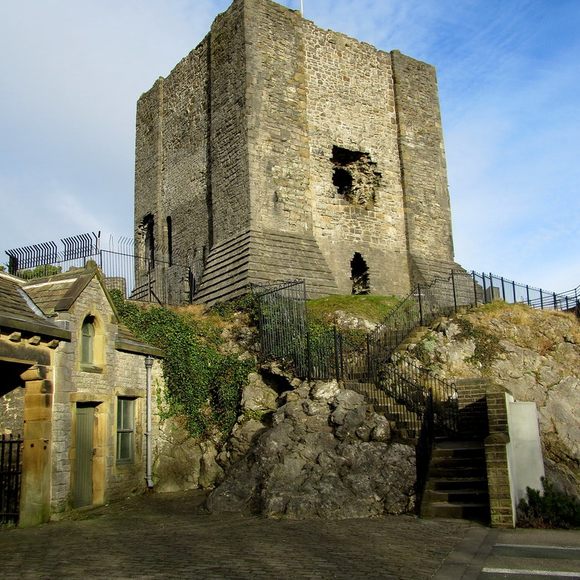

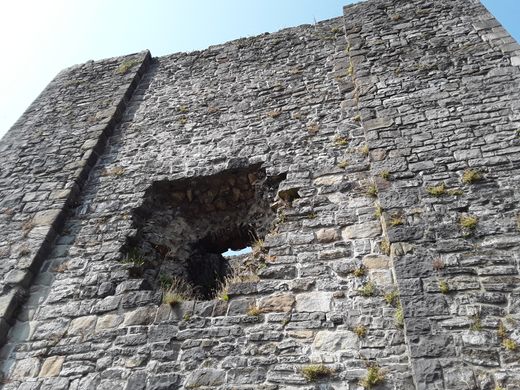
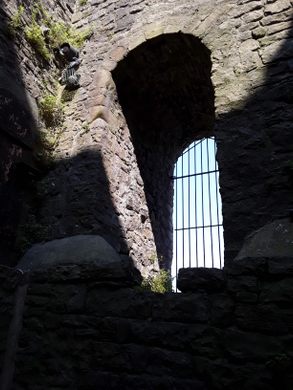

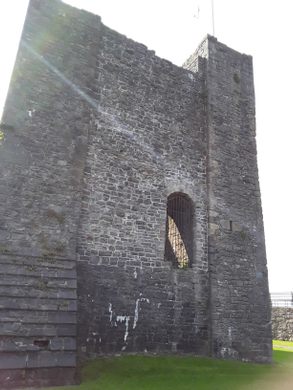
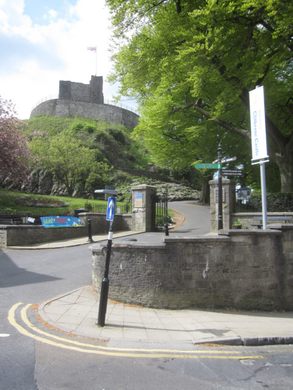
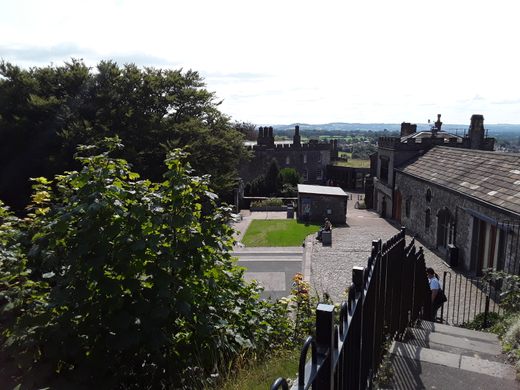






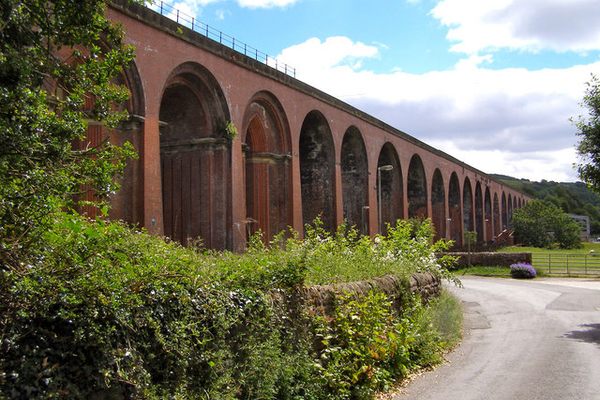
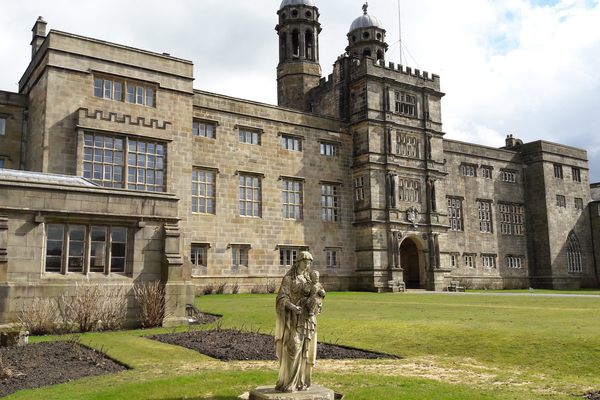
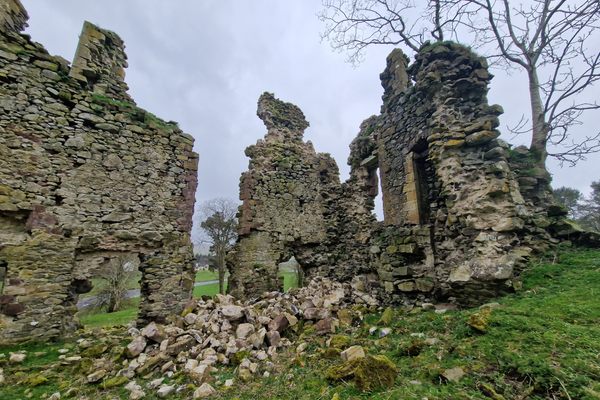




Follow us on Twitter to get the latest on the world's hidden wonders.
Like us on Facebook to get the latest on the world's hidden wonders.
Follow us on Twitter Like us on Facebook